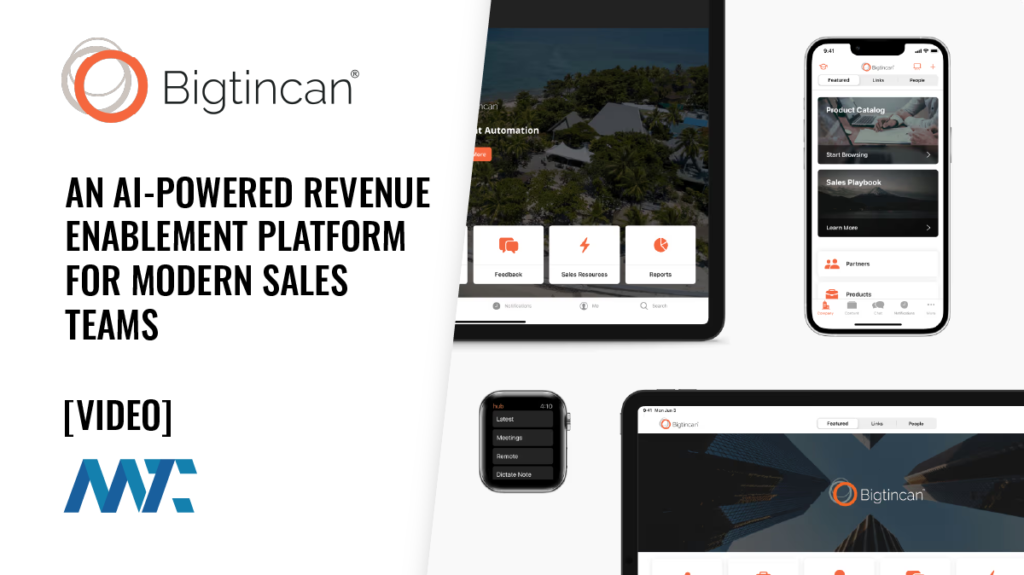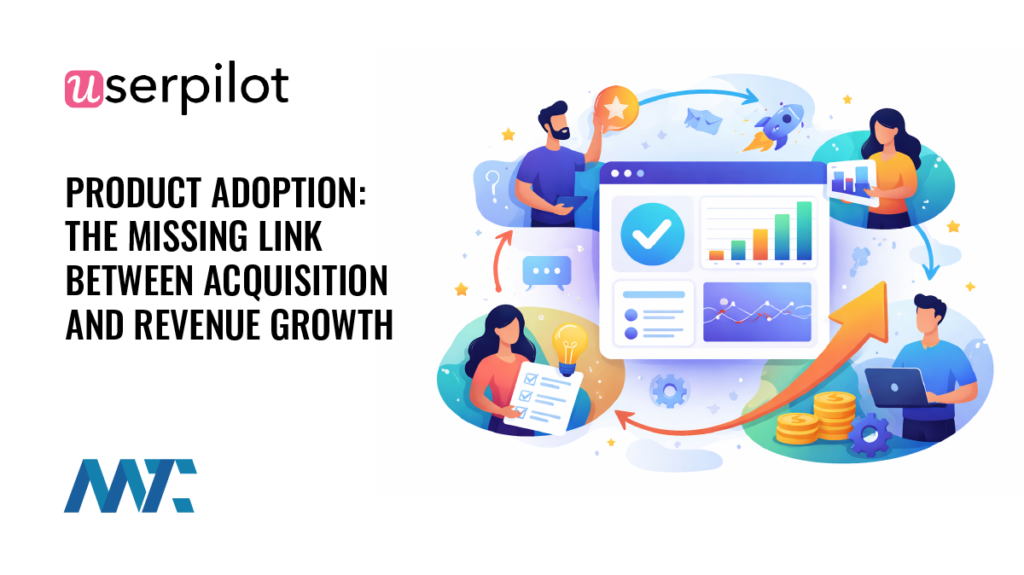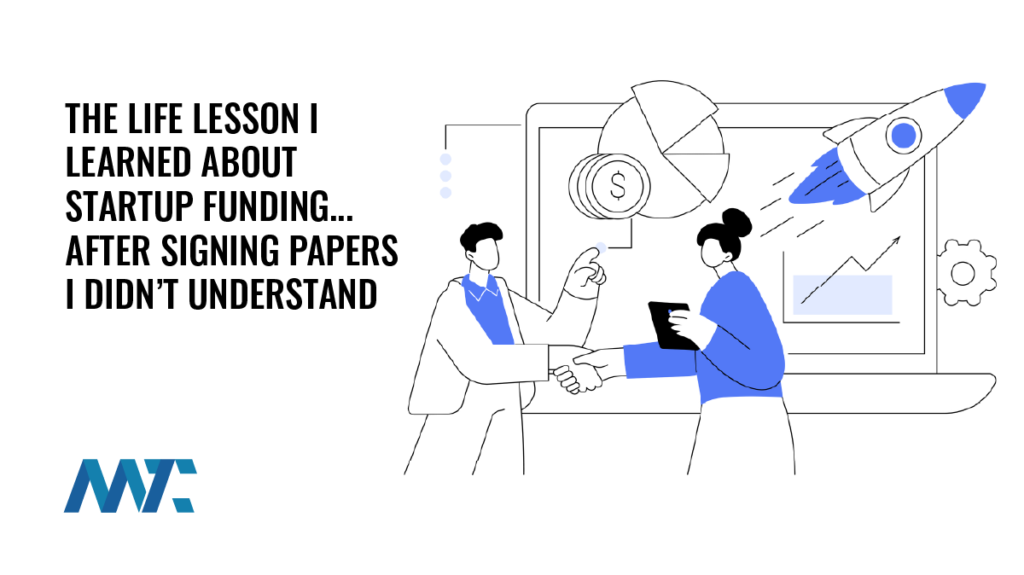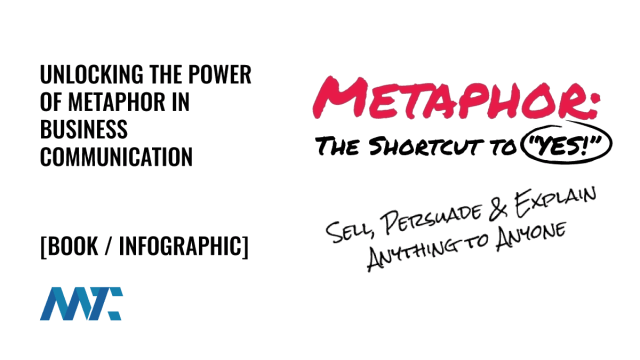Unlocking SaaS Growth Through Organizational Maturity

Customer experience (CX), internal collaboration, and agile decision-making are key factors that define market leaders. SaaS companies can no longer afford to operate in silos or underutilize their technology stack. The maturity model developed by the Chess Media Group, popularized in Jacob Morgan’s book, The Collaborative Organization, provides a robust framework for understanding how organizational capabilities evolve and, more importantly, how they directly correlate with business value.
Understanding the Maturity Model
The model is structured around five distinct stages of maturity: Unaware, Exploratory, Defined, Adoptive, and Adaptive. Each represents a step forward in capability development and serves as a roadmap for how organizations can move from simply using tools to unlocking strategic, transformative value.

The diagram presents two axes: Capabilities and Business Value. As an organization progresses along the capability axis, it theoretically unlocks increasing business value. However, the reality is that many companies stall mid-way, creating a Strategic Value Gap.
This gap represents lost potential: technology may be in place, but it’s not delivering its full value due to cultural, structural, or process limitations. Here’s a breakdown of each stage:
- Unaware: The organization has little to no recognition of the need for collaboration, integrated CX, or internal knowledge sharing. SaaS teams at this stage tend to be siloed—sales uses its own CRM, marketing runs disconnected campaigns, and product development lacks customer insight.
- Exploratory: Some teams begin experimenting with tools, but these efforts are uncoordinated. Sales might track leads in a CRM, but there’s no unified view of the customer. Marketing might run lifecycle emails, but support has no visibility into them.
- Defined: A clear strategy emerges. SaaS companies begin to align their tech stacks, map customer journeys, and build feedback loops. Cross-functional planning occurs, but execution is still in the process of maturing. Sales and marketing have mutual expectations and responsibilities, particularly around lead generation, follow-up, and conversion processes, leveraging usage data from product teams.
- Adoptive: Collaboration becomes cultural. Sales, marketing, product, and customer success share KPIs and platforms. CX data influences roadmap decisions. Tools are embedded in daily workflows, and knowledge is freely shared. Automation and AI are introduced to streamline and personalize experiences.
- Adaptive: The organization becomes agile, feedback-driven, and continuously evolving. Teams proactively respond to customer signals. Customer success predicts churn, marketing personalizes outreach with real-time data, and product features are informed by usage analytics and sentiment. Growth becomes systemic.
Implications for SaaS Sales, Marketing, and Growth
This model isn’t just an internal diagnostic tool—it’s a direct predictor of your ability to grow sustainably in a crowded SaaS market. Here’s how each function benefits as maturity increases:
Sales: From Transactional to Strategic
In early stages, sales reps operate reactively – chasing MQLs with limited context. As maturity grows, they gain access to deeper customer intelligence, including usage patterns, lifecycle stages, and historical touchpoints. Sales teams at the Adoptive or Adaptive level are equipped with tools like CRM-integrated proposal builders, AI-driven forecasting, and real-time collaboration with success teams. This enables a shift from transactional sales to consultative partnerships that shorten cycles and improve close rates.
Marketing: From Campaigns to Connected Experiences
Exploratory-stage marketing often operates on assumptions and vanity metrics. With maturity comes the ability to map multi-touch journeys, segment audiences based on behavior, and measure contribution to revenue—not just lead volume. Defined-stage companies implement CDPs or use reverse ETL to unify data. Adaptive-stage marketers automate personalized messaging across channels and use predictive models to nurture accounts long before sales engagement begins.
Growth: From Departmental Wins to Company-Wide Velocity
Actual SaaS growth doesn’t come from a great product alone—it stems from alignment, feedback loops, and a customer-first culture. Growth-stage companies that reach the Adaptive level aren’t just data-informed—they’re data-integrated. Product-led growth strategies thrive here because feedback is built into the onboarding process, pricing, and feature delivery. Strategic decisions become faster, bolder, and more customer-aligned.
Why the Strategic Value Gap Matters
Many SaaS companies invest heavily in tools, including analytics platforms, CRM systems, marketing automation, and CX software, but often fail to achieve meaningful ROI. This is the essence of the Strategic Value Gap: capabilities exist, but business value is trapped due to poor adoption, misalignment, or lack of strategic vision.
Bridging this gap requires not only more tools but also greater maturity in processes, culture, and collaboration. It demands leadership that sees CX and internal enablement not as separate initiatives, but as growth drivers.
Further Reading
If you’re looking to explore this model in more detail and see how leading organizations have used it to transform their internal operations and external outcomes, consider reading Jacob Morgan’s book. It delves into each stage of the model and offers actionable strategies for moving up the maturity curve.
Order The Collaborative Organization
SaaS companies that climb the maturity ladder don’t just perform better—they become more resilient, innovative, and customer-driven. Understanding where you stand today is the first step in architecting a business capable of adaptive, scalable growth.







